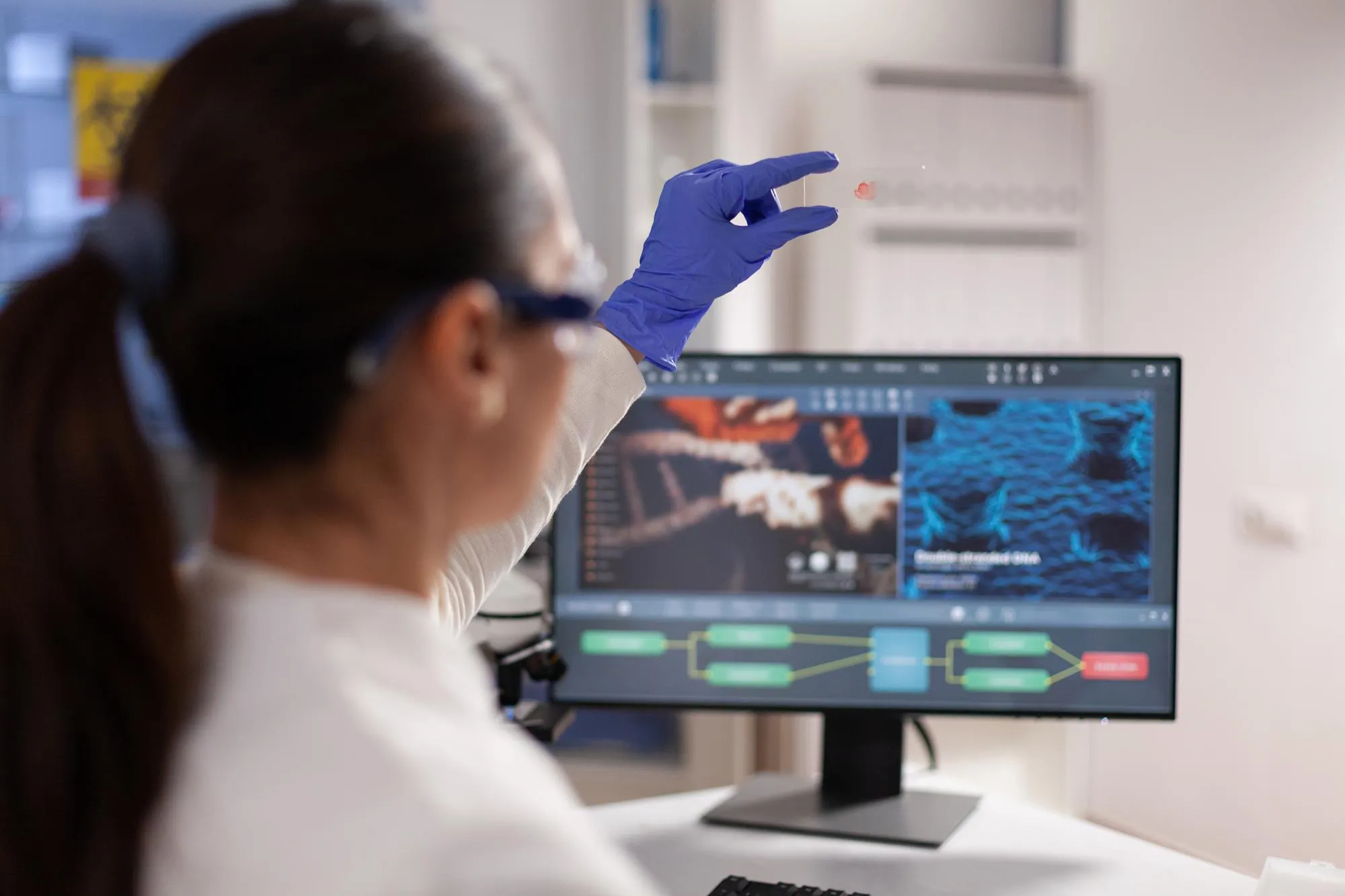In a cutting-edge review published in the Analytica chimica acta, researchers from Nanjing Normal University and Nanjing Yuhua Hospital have meticulously examined the evolving landscape of biosensing technology, particularly through the use of aptamers for the detection of cell surface glycans (CSGs). This review, which appeared in the February 2024 issue, sheds light on the myriad of advantages that aptamers offer over traditional detection methods such as lectins, and suggests forward-thinking strategies for harnessing these remarkable molecules for advanced glycobiological research and clinical diagnostics. The original work, led by experts in the field including Liu Sirui, Zhao Furong, Xu Ke, Cao Min, Sohail Muhammad, Li Bingzhi, and Zhang Xing, can be accessed with the DOI: 10.1016/j.aca.2023.342044.
Abstract
Cell surface glycans (CSGs) are essential biomolecular structures that play crucial roles in cell recognition, adhesion, and invasion. Notably, they are also recognized as biomarkers for various diseases. Despite their significance, these biomolecules have been challenging to study and detect due to limitations associated with traditional recognition tools, including lectins. Lectins often suffer from restricted specificity, low stability, and high cytotoxicity. To overcome these shortcomings, the use of aptamers—small, synthetic nucleotide sequences known for their strong specificity to target molecules—has been on the rise in the domain of biosensing.
Aptamers are becoming popular choices in CSG detection due to their high flexibility, small size, easy modification, and monovalent recognition properties. This review, as summarized in Analytica chimica acta, addresses how aptamers have been employed in the biosensing of CSGs by direct recognition based on aptamer-CSG binding and indirect recognition through localized proteins. It further discusses how this binding generates diverse signals, including fluorescence, electrochemical, photoacoustic, and electrochemiluminescence, to facilitate CSG detection.
Introduction
At the forefront of cellular interactions are CSGs, molecular signatures that define the language of intercellular communication. These glycans govern pivotal biological processes, and aberrations in their expression or structure often signal pathological states, including cancer and infectious diseases. However, understanding and monitoring these glycans have been hindered by the lack of precise, stable, and non-toxic tools for their detection.
Aptamers, with their unique properties, stand as a beacon of hope in this scenario. By providing a more nuanced approach to CSG recognition, they allow scientists to delve deeper into glycobiology, a field of study that sheds light on the structures and functions of glycans.
Aptamers as Biosensing Elements
This innovative class of nucleotide-based molecules can be designed to bind with high affinity to specific target molecules, including proteins, small molecules, and, pertinently, CSGs. Unlike antibodies and lectins, which have been the traditional go-to agents for CSG recognition, aptamers pose a minimal risk of immune responses or non-specific binding.
Aptamers are poised to revolutionize the field of biosensing due to their innate characteristics. They offer higher stability across a broad range of conditions, can be readily synthesized and modified for enhanced functionality, and exhibit remarkable specificity and affinity for their target molecules, thanks to their unique three-dimensional structures.
Review Highlights
The review from Analytica chimica acta presents a thorough analysis of recently published studies focusing on aptamer-based CSG biosensing. Two main strategies were identified: direct and indirect recognition approaches.
The direct recognition involves the use of aptamers that bind specifically to CSGs. This interaction can be monitored through various signal transduction methods. One key advantage of direct recognition is the ability to detect CSGs in their natural state on living cells without necessitating label-based methodologies, hence preserving the biological context and providing insight into the real-time expression of glycans.
For indirect recognition, researchers utilize aptamers to localize proteins that are associated with CSGs. This method can amplify signals and enhance detection sensitivity, an important feature when studying low-abundance glycans.
Application and Detection Methods
The review thoroughly examines several detection methods employed in current research, each offering a unique lens through which to observe and quantify CSGs.
Fluorescence signalling is a common method, benefiting from its sensitivity and the ease of adding fluorescent markers to aptamers.
Electrochemical readouts offer high accuracy and the prospects for miniaturized detection platforms, ideal for point-of-care testing.
Photoacoustic technology combines optical and ultrasound detection for non-invasive and deep-tissue imaging of CSGs.
Electrochemiluminescence detection stands out due to its high sensitivity, specificity, and low background signals in bioassays.
Emerging Challenges and Future Perspectives
Despite aptamers’ significant promise for CSG biosensing, challenges remain. The review advocates for further research into enhancing the stability of aptamers within complex biological environments, along with improving the efficiency of aptamer integration into diverse platforms. Additionally, expanding the repertoire of aptamers specific to a broader range of CSGs is also highlighted as a key research direction.
The evolution of aptamer technology holds a bright future. The review envisions the development of novel aptamer-based multiplexed assays capable of simultaneously detecting a vast array of CSGs. This advancement would catapult the biosensing domain into a new era of diagnostics, prognostics, and personalized medicine.
Conclusion
The comprehensive analysis provided by Liu Sirui, Zhao Furong, Xu Ke, Cao Min, Sohail Muhammad, Li Bingzhi, and Zhang Xing in Analytica chimica acta underlines the significant strides aptamers have made in biosensing technology. Through a detailed comparison of different biosensing strategies and an evaluation of their potentials and pitfalls, the review presents a thorough account of the current state and future possibilities for aptamer-based CSG detection.
Keywords
1. Biosensing Techniques
2. Aptamer-based Detection
3. Cell Surface Glycans
4. Glycobiology Research
5. Disease Biomarkers
The above keywords have been expertly chosen to ensure maximal visibility online for audiences searching for breakthroughs in biosensing technology, with a special focus on studies pertaining to cell surface glycans and relevant biomedical research.
